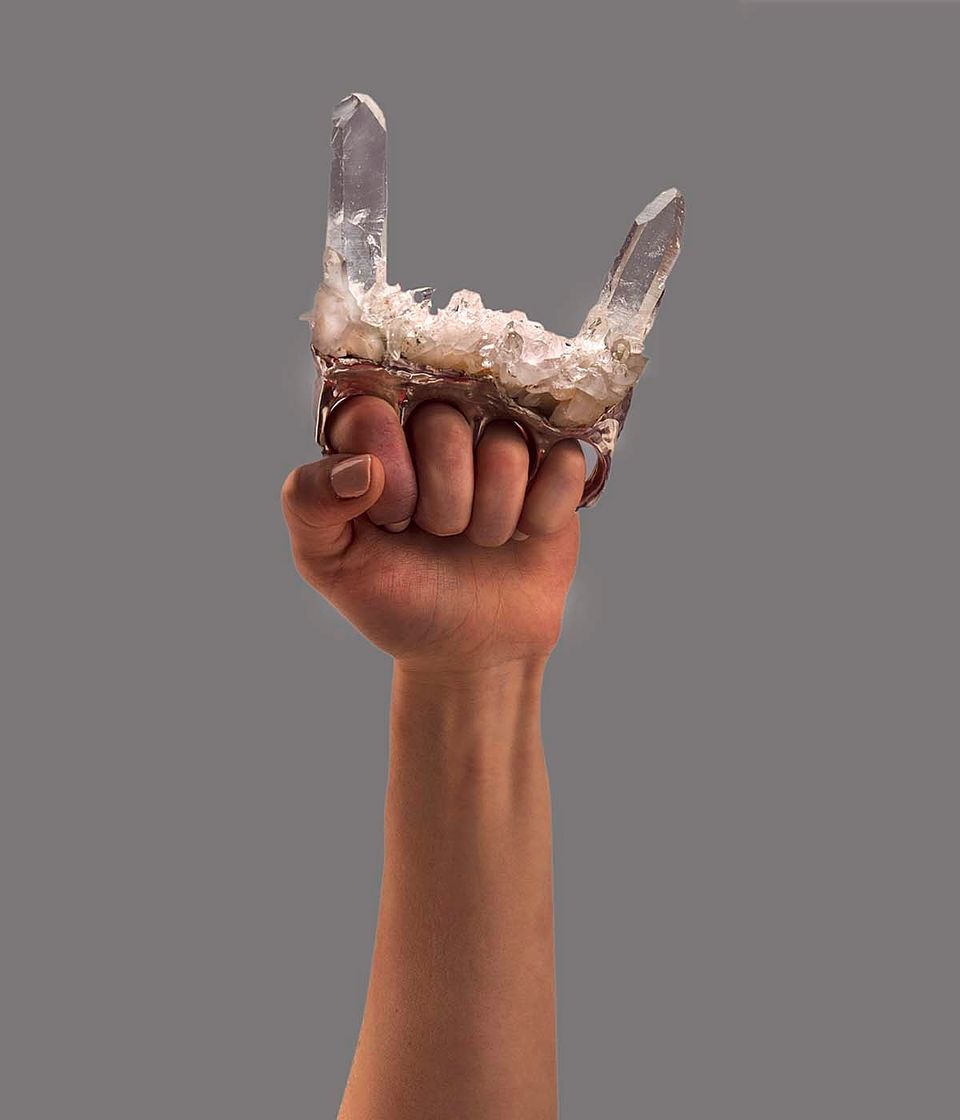Richard Marquis

- Born
- Bumble Bee, Arizona, United States
- Biography
Richard Marquis earned a B.A. degree in 1969 and an M.A. in 1971 at the University of California at Berkeley, where he studied glass and ceramics. On a 1969 Fulbright fellowship to study at the Venini factory in Venice, Italy, Marquis was introduced to the ancient millefiori and murrini glass techniques, in which thin rods (millefiori) or thin chips (murrini) of multicolored glass are fused together as one rod, which is then embedded in blown glass and twisted to prouce linear, spiral, and geometric patterns. Marquis is credited wtih being the first twentieth-century American Glass artist to use these techniques. His work is primarily inspired by California funk—an art movement of the late 1960s that rejected traditional art theories.
Marquis has taught at the University of California, Los Angeles, Penland School of Crafts in North Carolina, Pilchuk Glass School in Stanwood, Washington, and Haystack Mountain School of Crafts in Deer Isle, Maine.
Kenneth R. Trapp and Howard Risatti Skilled Work: American Craft in the Renwick Gallery (Washington, D.C.: National Museum of American Art with the Smithsonian Institution Press, 1998)














